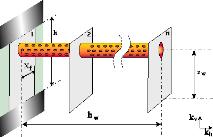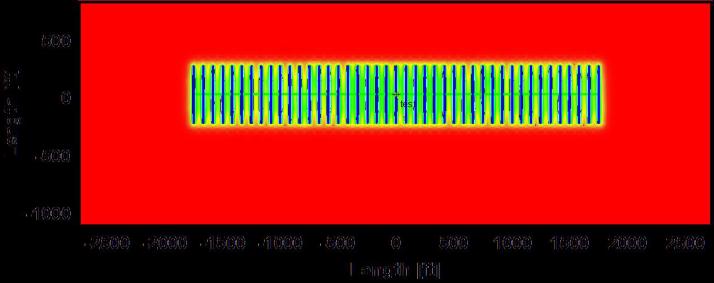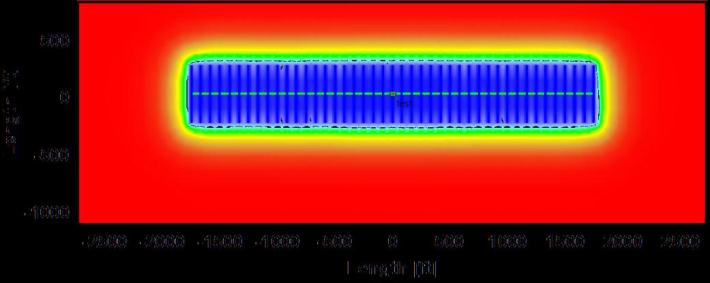Basic HTML Version





KAPPA Consortium on Unconventional Resources – Draft – 7
th
Feb 2011
p2/10
B – Shale Gas. What is the problem?
Because we are in ultra-tight formations we need a large interface area between the reservoir
and the well. We do this by massively fracing horizontal wells. Modeling this can be done
numerically or analytically, and transient behaviors can be approximated by straight lines.
Numerical (left) and analytical (right) fractured horizontal well models
‘All’ we want is to quantify the main mechanisms in order to forecast future production and
correctly book reserves. But doing this properly does not come easily:
The very low permeability induces significant pressure gradients throughout the formation.
Gas properties radically change when moving away from the fractures and simple analytical
models and specialized methods do not capture this. Many focus on desorption as the main
modeling challenge. However, we believe nonlinearity is the real issue.
Pressure gradient after 8 months (top) and 10 years (bottom) of production

